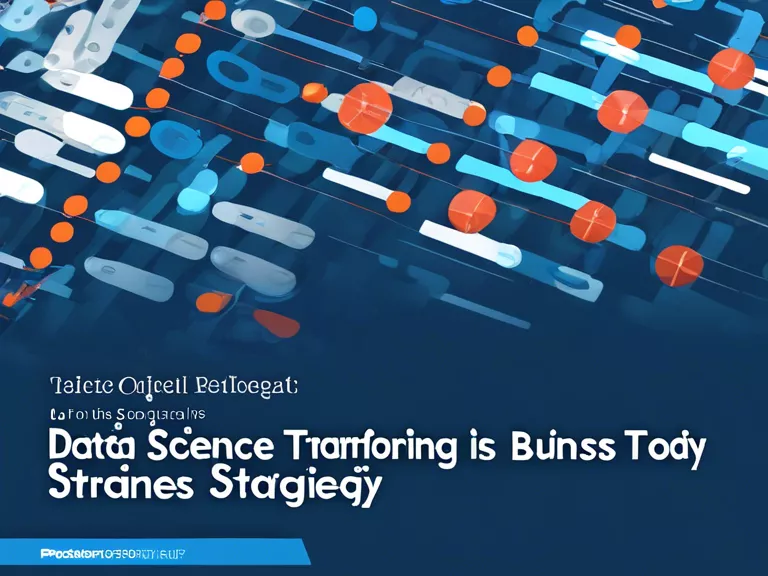
From Data to Decision: Understanding the Data Science Process
In today's data-driven world, businesses are constantly collecting massive amounts of data. From customer behavior to operational efficiency, data holds the key to making informed decisions. However, raw data alone is not enough. It needs to be processed, analyzed, and interpreted before it can be used to drive strategic decisions. This is where the field of data science comes into play.
The Data Science Process
Data science is a multidisciplinary field that combines statistics, computer science, and domain knowledge to extract insights from data. The data science process involves several key steps:
Data Collection: The first step in the data science process is to collect relevant data from various sources. This can include structured data from databases, unstructured data from social media, or even sensor data from IoT devices.
Data Preprocessing: Once the data is collected, it needs to be cleaned and preprocessed to ensure accuracy and consistency. This involves tasks such as removing missing values, handling outliers, and normalizing data.
Exploratory Data Analysis (EDA): In this step, data scientists use statistical techniques and visualization tools to explore the data and uncover patterns, trends, and anomalies.
Modeling: After the data has been cleaned and explored, data scientists can build predictive models to make sense of the data. This can include regression analysis, classification algorithms, or clustering techniques.
Evaluation: Once the models are built, they need to be evaluated using metrics such as accuracy, precision, and recall. This step helps data scientists assess the performance of their models and make necessary adjustments.
Deployment: Finally, the insights gained from the data analysis are communicated to stakeholders in a clear and actionable manner. This can involve creating dashboards, reports, or even interactive visualizations.
Conclusion
The data science process is a complex and iterative journey that requires a combination of technical skills, domain knowledge, and creativity. By understanding this process, businesses can harness the power of data to drive better decision-making and gain a competitive edge in today's digital landscape.


